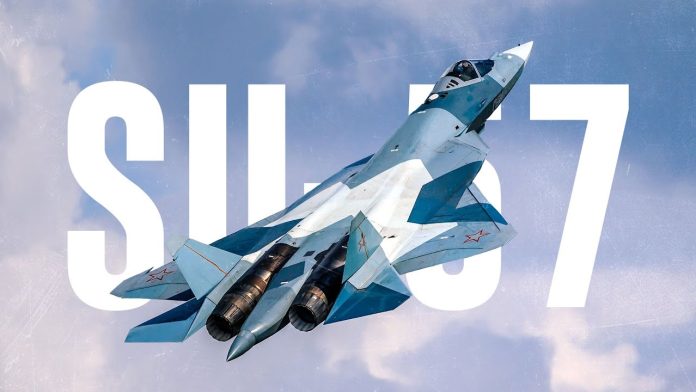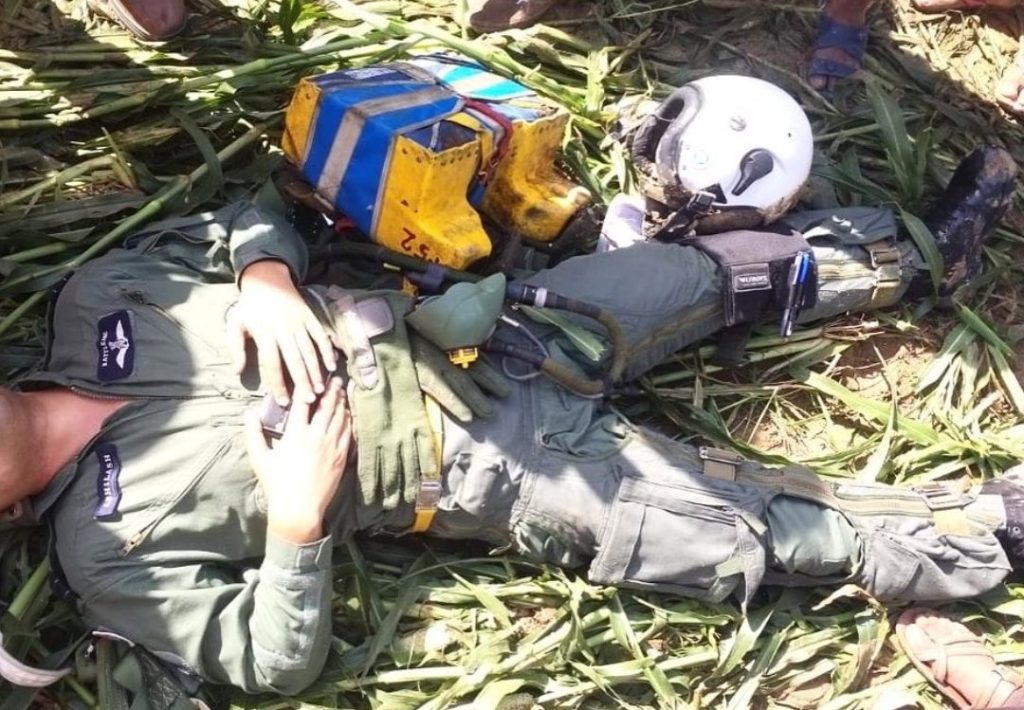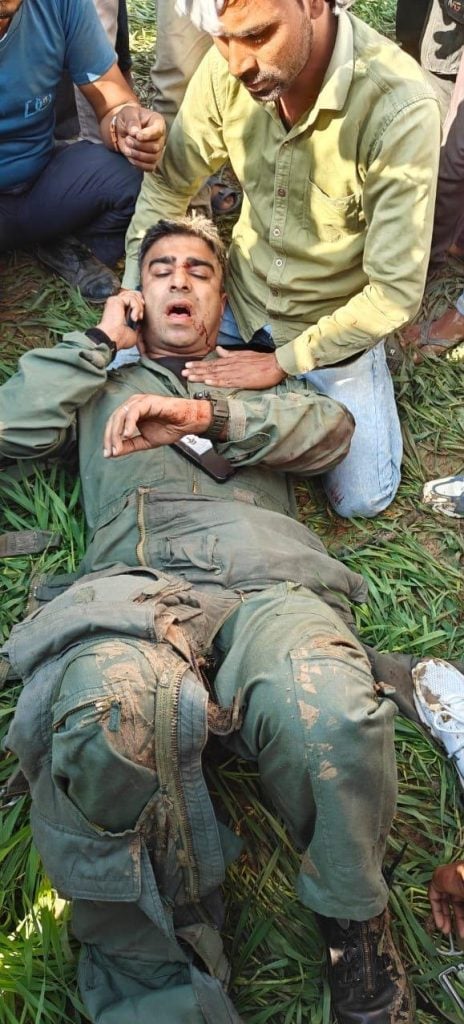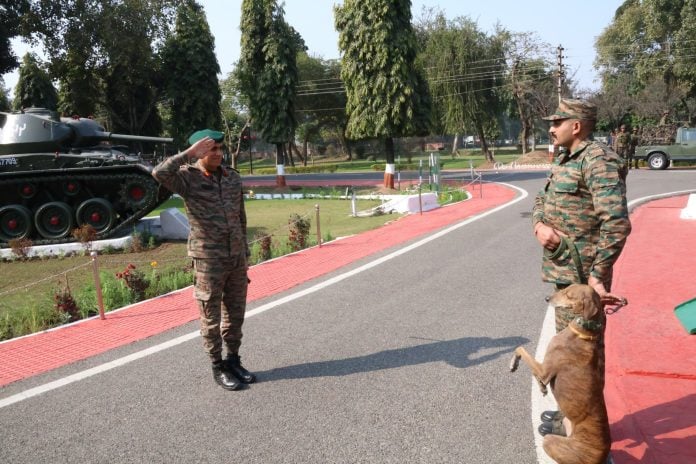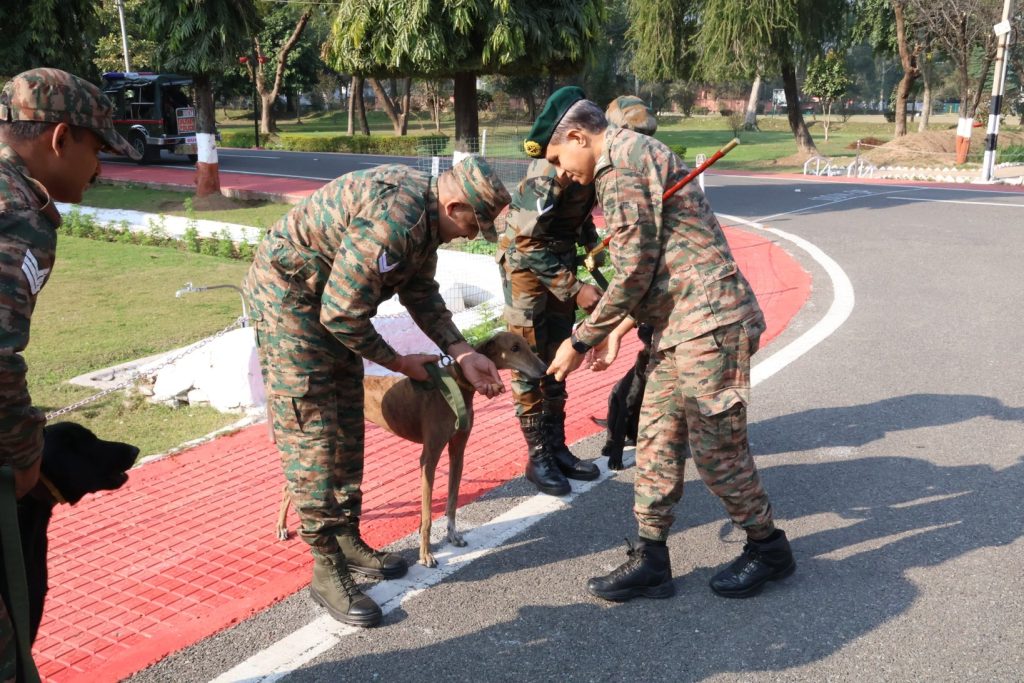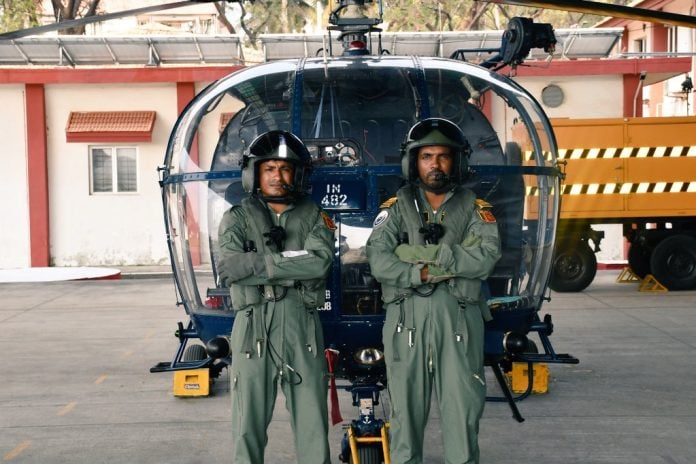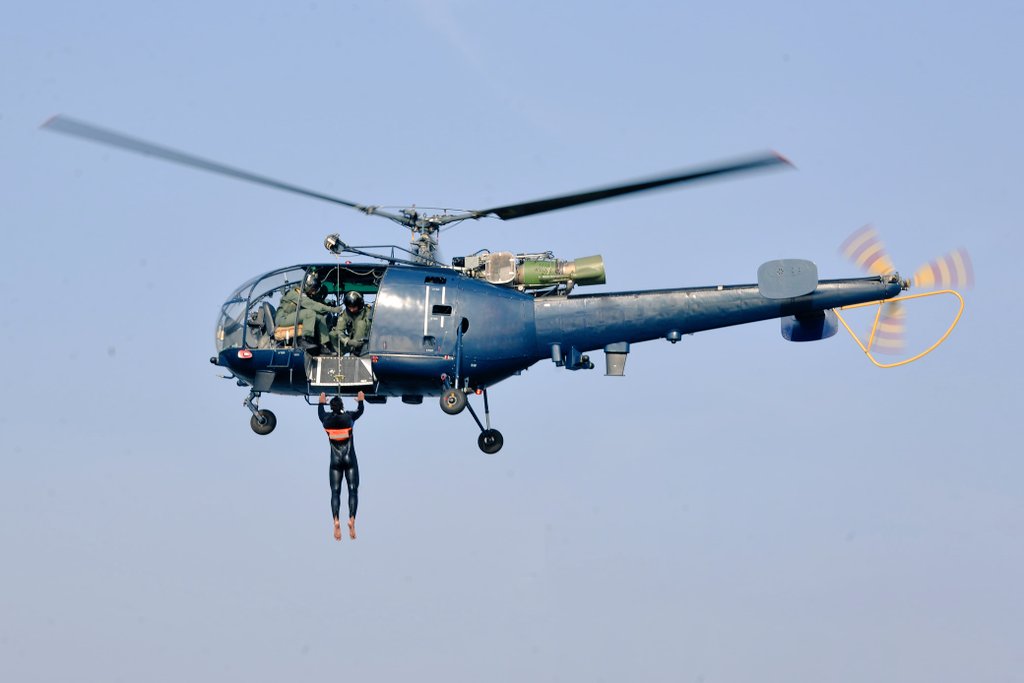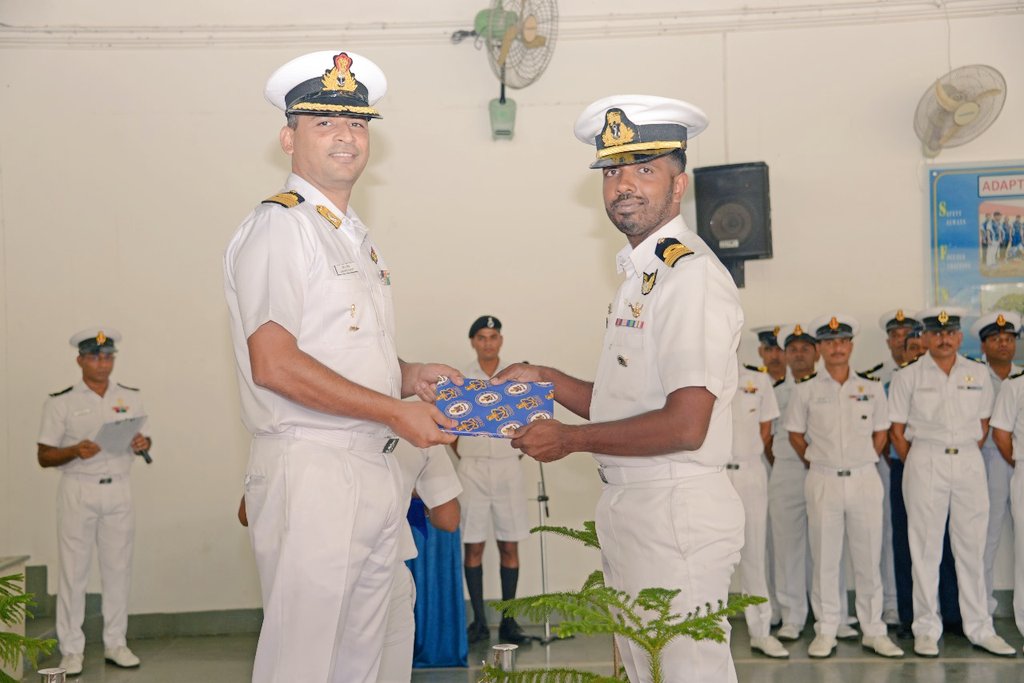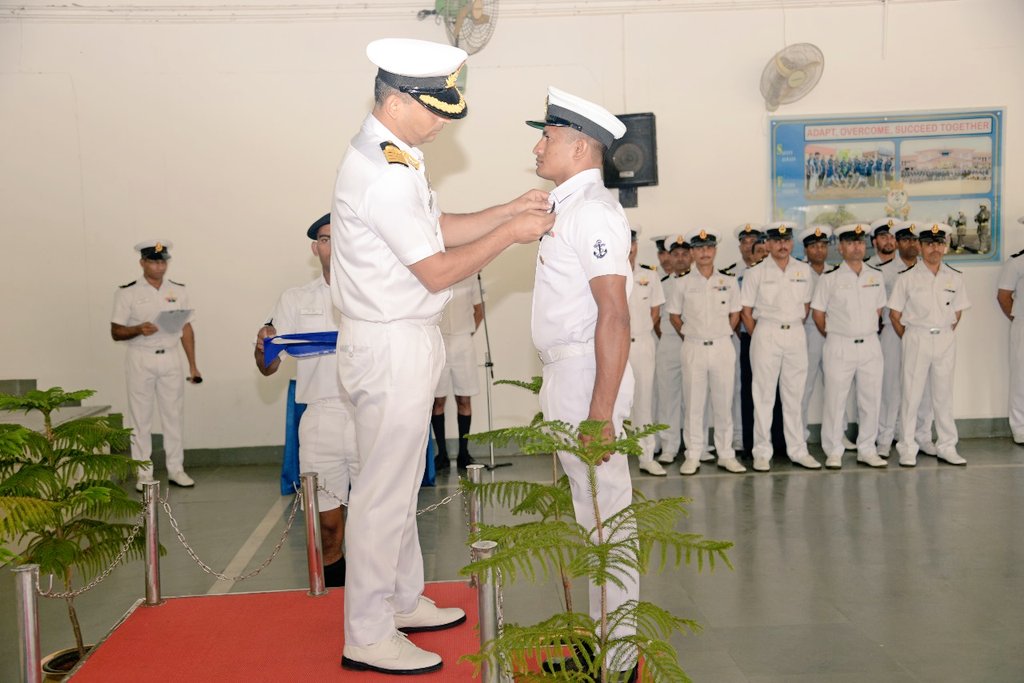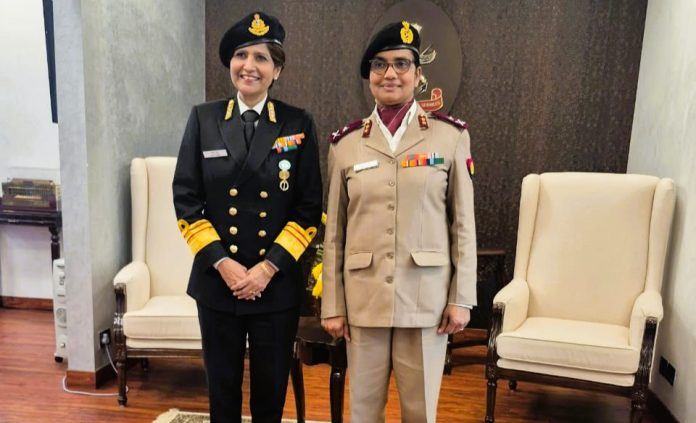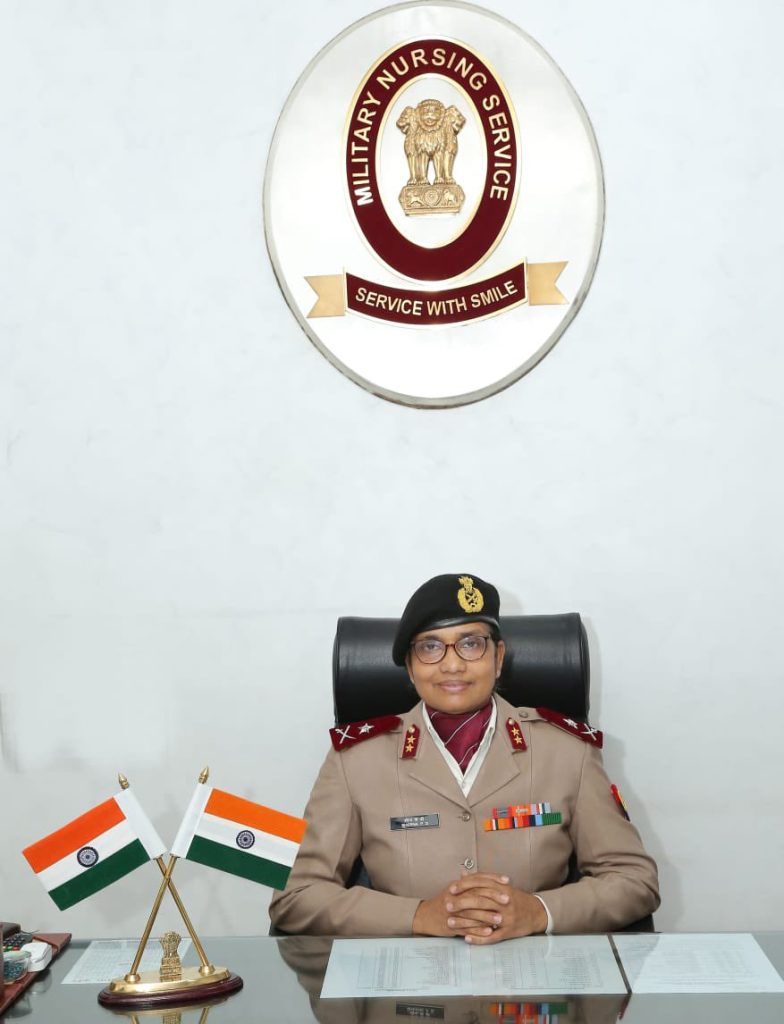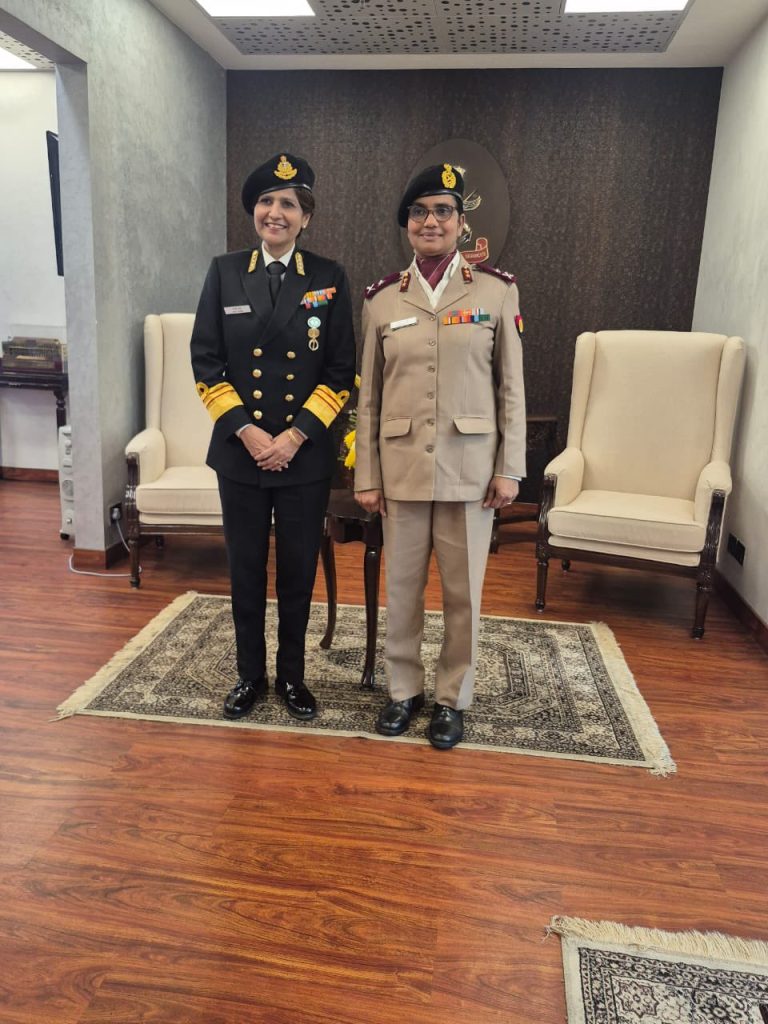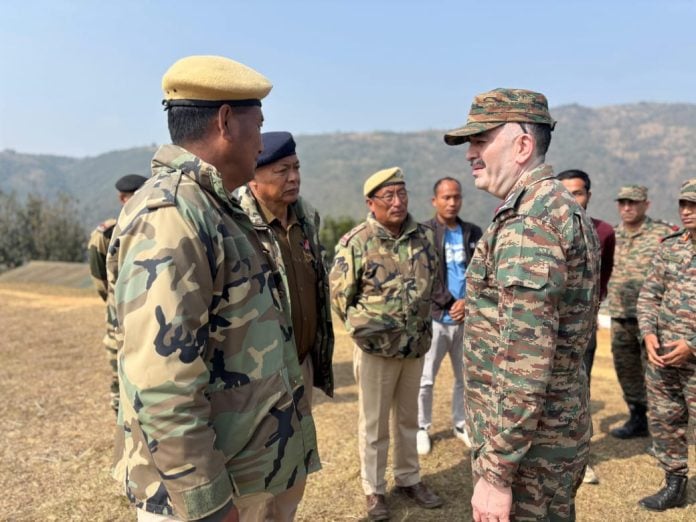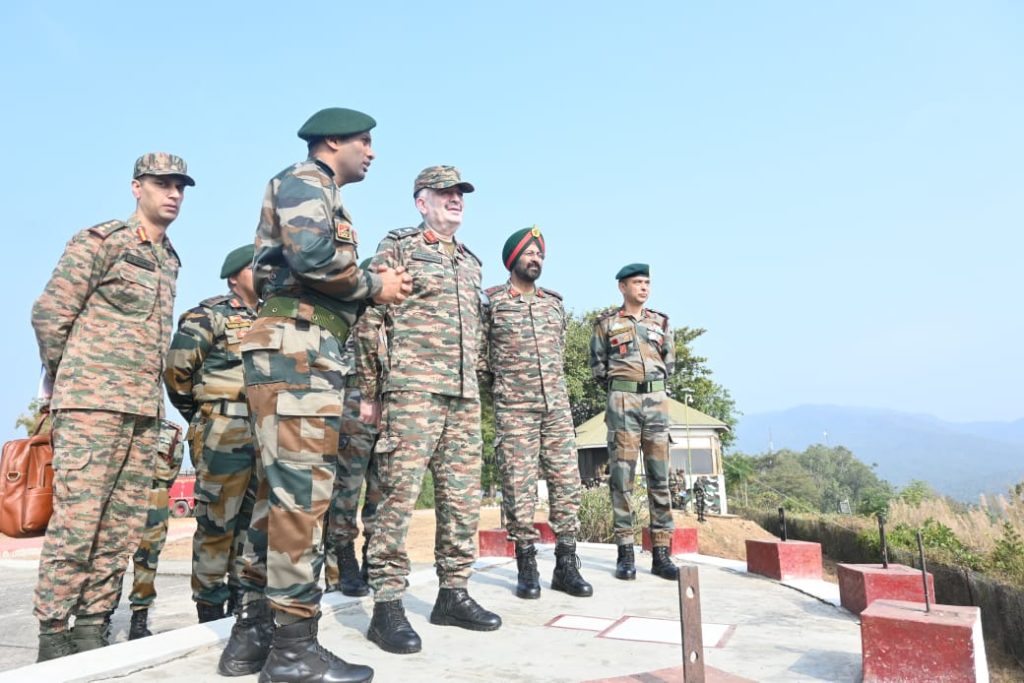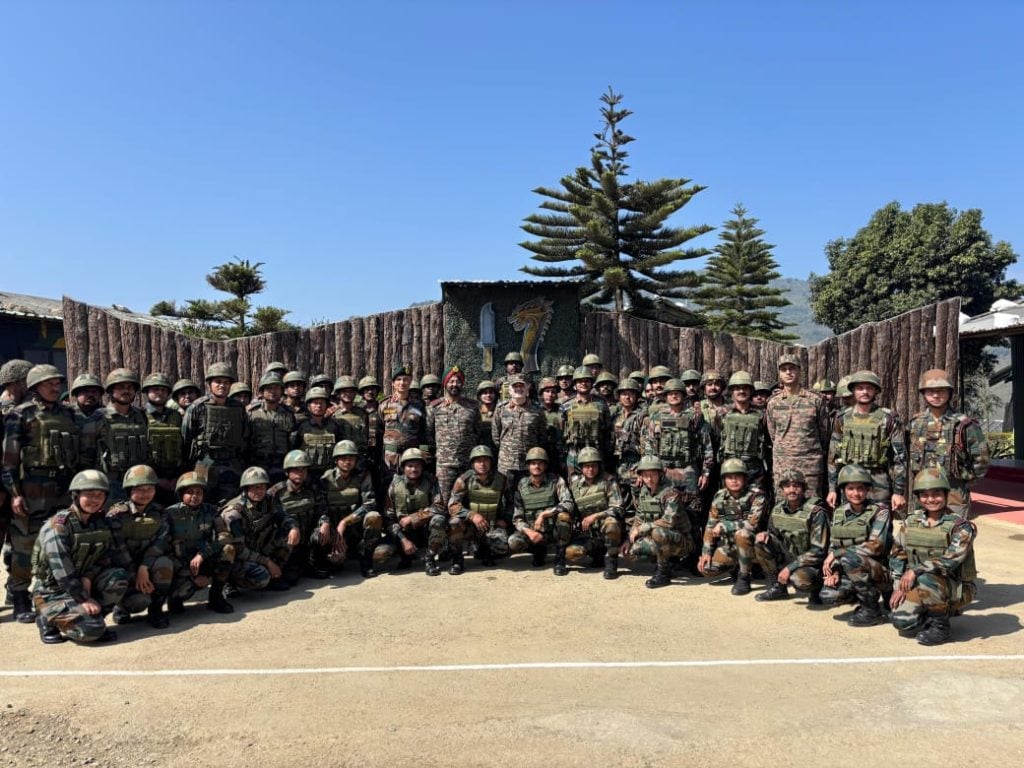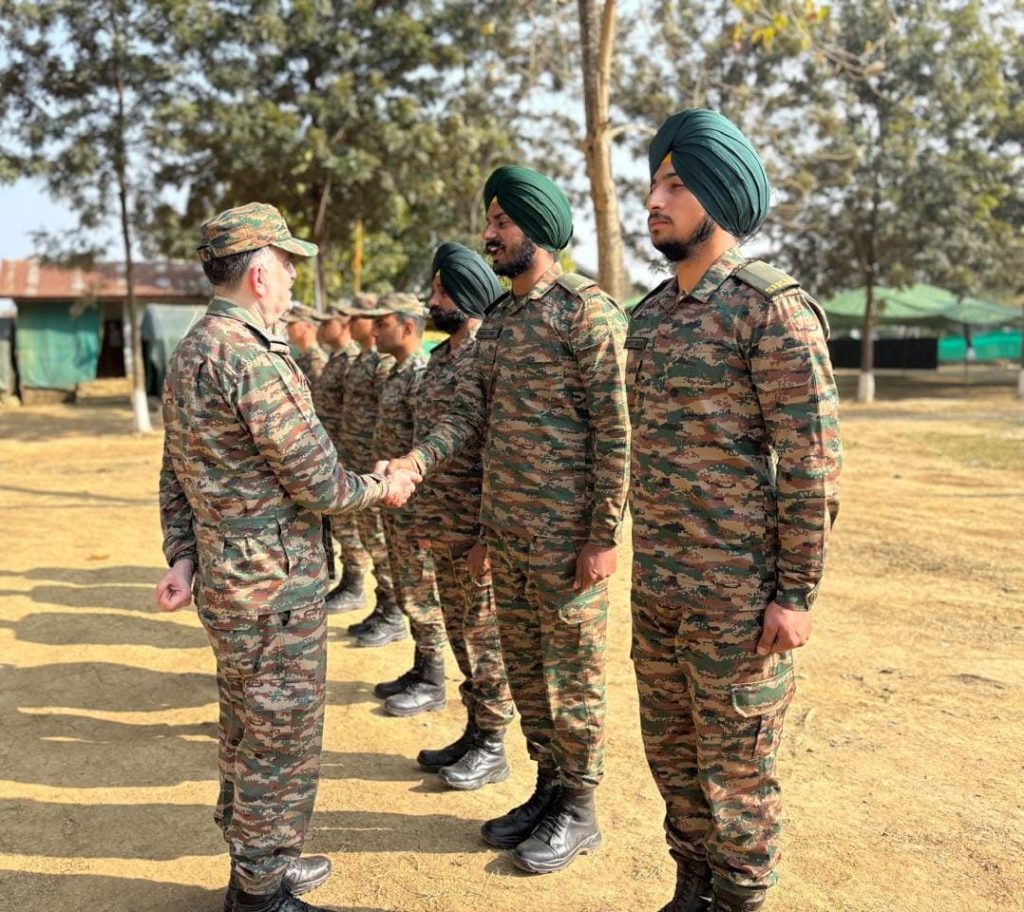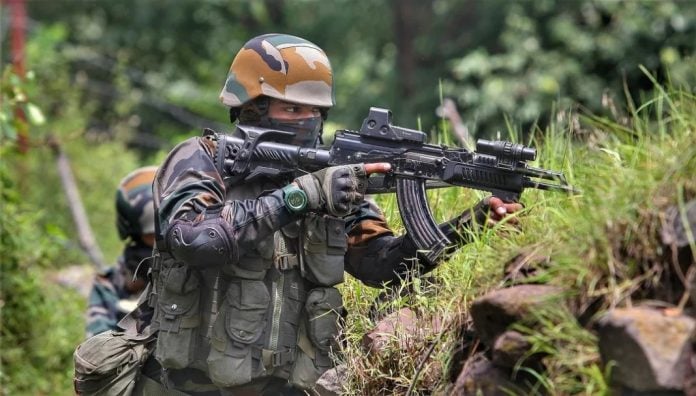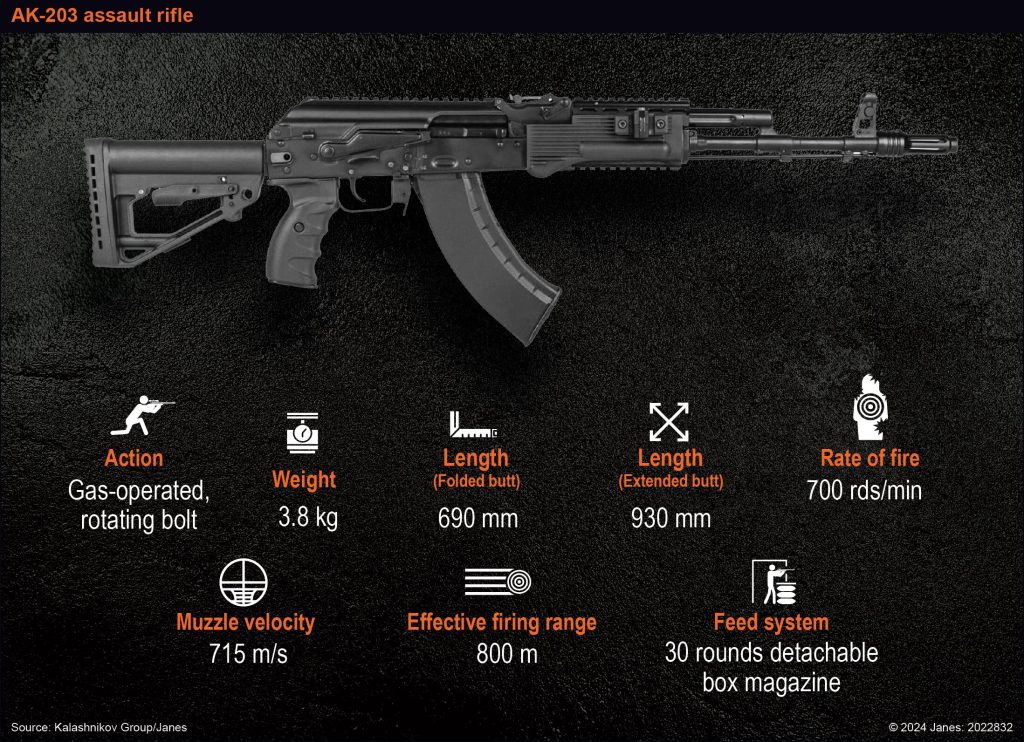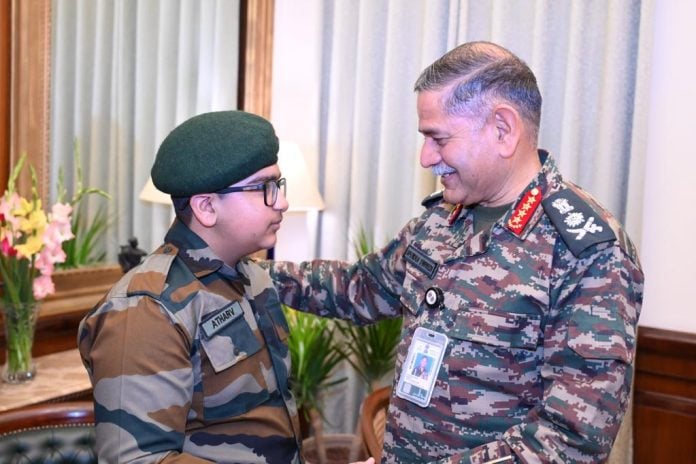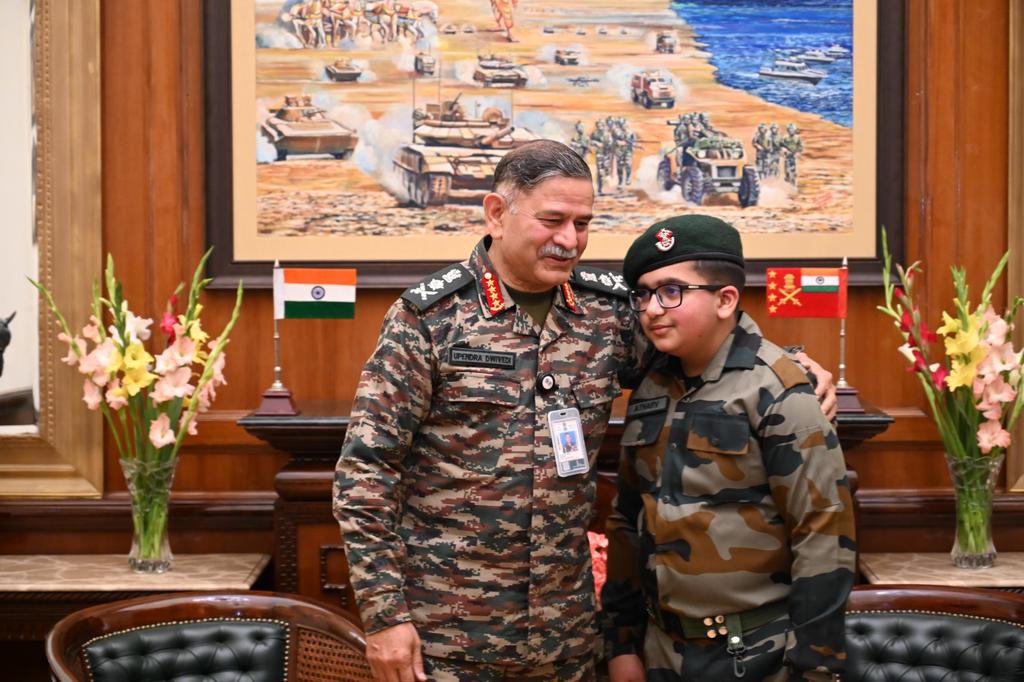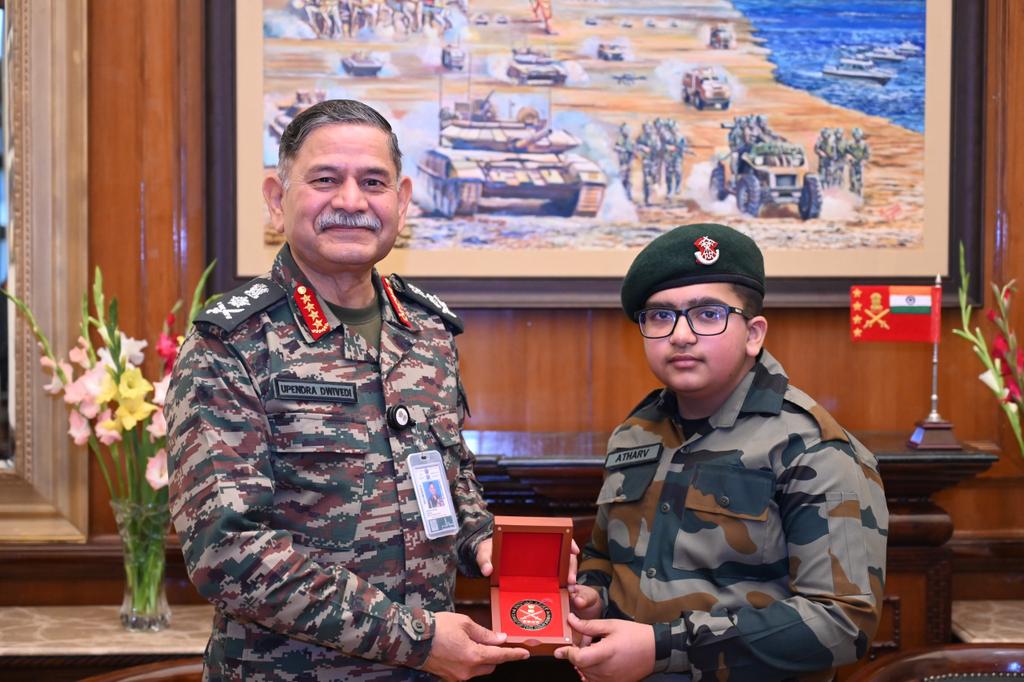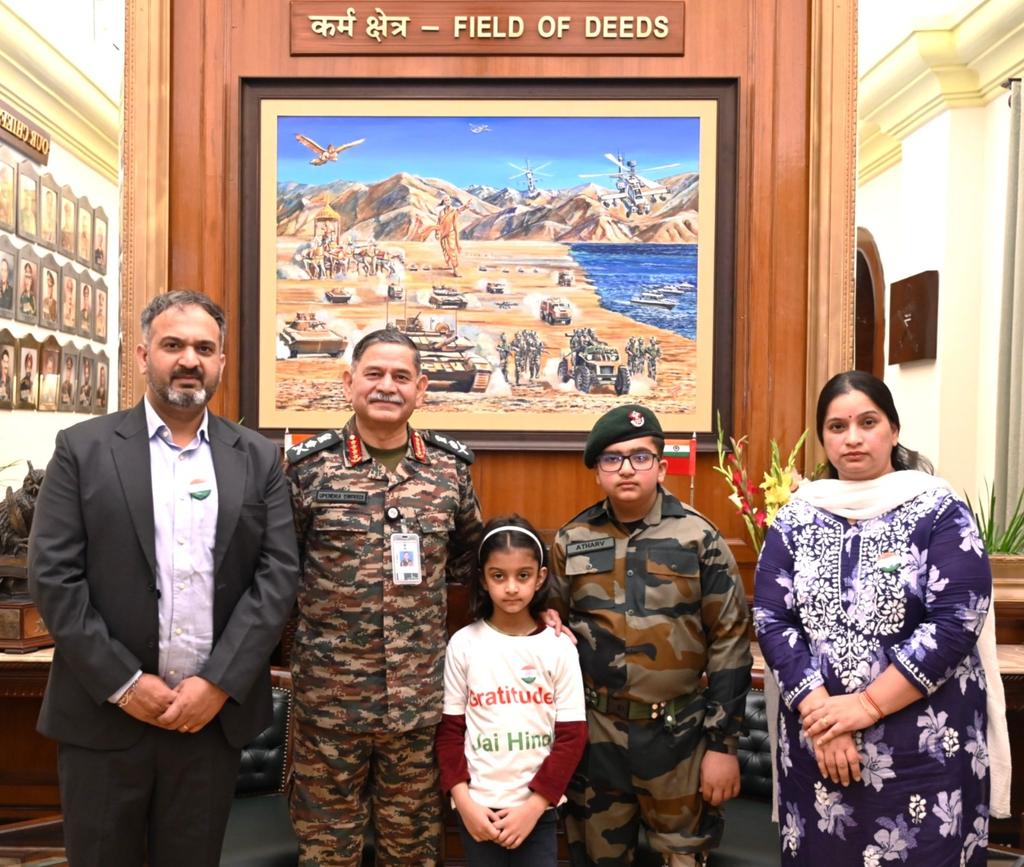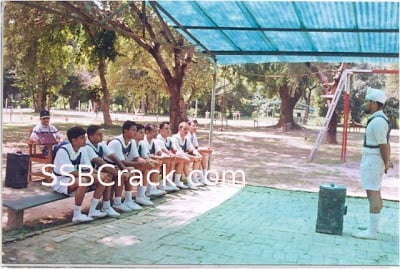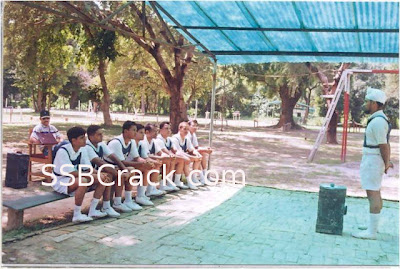In a significant development in Indo-Russian defence ties, Russia has proposed the joint production of the Su-57 fifth-generation fighter jet with India, along with the supply of fully assembled aircraft and technical assistance in developing India’s indigenous fifth-generation combat aircraft, according to reports from Sputnik India.
Comprehensive Partnership Under the Su-57E Project
The offer was confirmed by Alexander Mikheev, Director General of Rosoboronexport, Russia’s state arms exporter. He stated that India has been presented with a comprehensive partnership proposal under the Su-57E project, which includes:
- Supply of assembled Su-57 aircraft to India.
- Joint production of the Su-57 in India under the ‘Make in India’ initiative.
- Technical assistance to support the development of India’s own fifth-generation fighter program, potentially enhancing the progress of projects like the Advanced Medium Combat Aircraft (AMCA).
“Our proposals include the supply of assembled aircraft, the organisation of their joint production in India, and assistance in developing an Indian fifth-generation fighter,” said Mikheev.
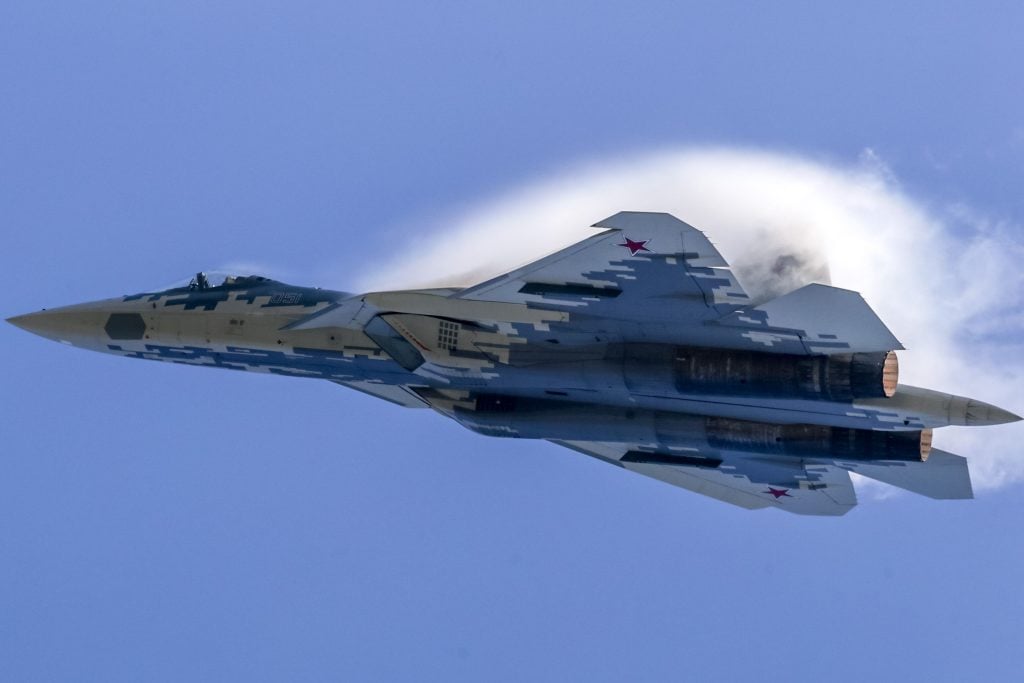
Showcasing at Aero India 2025
The Su-57, Russia’s premier stealth fighter, will be a major attraction at Aero India 2025, scheduled from 10-14 February at Yelahanka Air Force Base, Bengaluru. Rostec, Russia’s state-owned defence corporation, expressed confidence in the aircraft’s capabilities, stating:
“The Su-57 is an advanced fifth-generation aircraft. We expect great interest in the fighter at the air show in Bengaluru. UAC (United Aircraft Corporation) specialists are working to expand production capacity to meet the growing demand for this fighter.”
About the Su-57: A Proven Fifth-Generation Fighter
The Su-57 is Russia’s first operational fifth-generation multirole stealth fighter, designed to compete with counterparts like the US F-22 Raptor and F-35 Lightning II. Key features include:
- Stealth technology for low radar visibility.
- Advanced avionics and integrated electronic warfare systems.
- Supermaneuverability with thrust-vectoring engines.
- Capability to engage both airborne and ground-based targets with precision.
Rostec claims the Su-57 is the only fifth-generation fighter that has demonstrated its effectiveness in real combat conditions, particularly in environments with advanced Western air defence systems.
Strategic Implications for India
This proposal comes at a crucial time as India accelerates its efforts to modernize its air combat fleet, with projects like the Tejas Mk2, AMCA, and MRFA (Multi-Role Fighter Aircraft) program in focus. Joint production of the Su-57 could offer India:
- Access to cutting-edge stealth technology.
- Boost to indigenous defense manufacturing under the ‘Make in India’ framework.
- Potential synergies with India’s ongoing efforts to develop the AMCA, enhancing its design, stealth capabilities, and avionics systems.
Strengthening Indo-Russian Defense Ties
India and Russia share a long history of defence cooperation, from the BrahMos missile project to the licensed production of T-90 tanks and AK-203 rifles. The Su-57 joint production proposal signals a deepening of this strategic partnership, potentially reshaping India’s air combat capabilities for decades to come.
With discussions expected to intensify during Aero India 2025, this proposal could mark the beginning of a new era in Indo-Russian military collaboration, strengthening India’s position as a regional and global air power.

